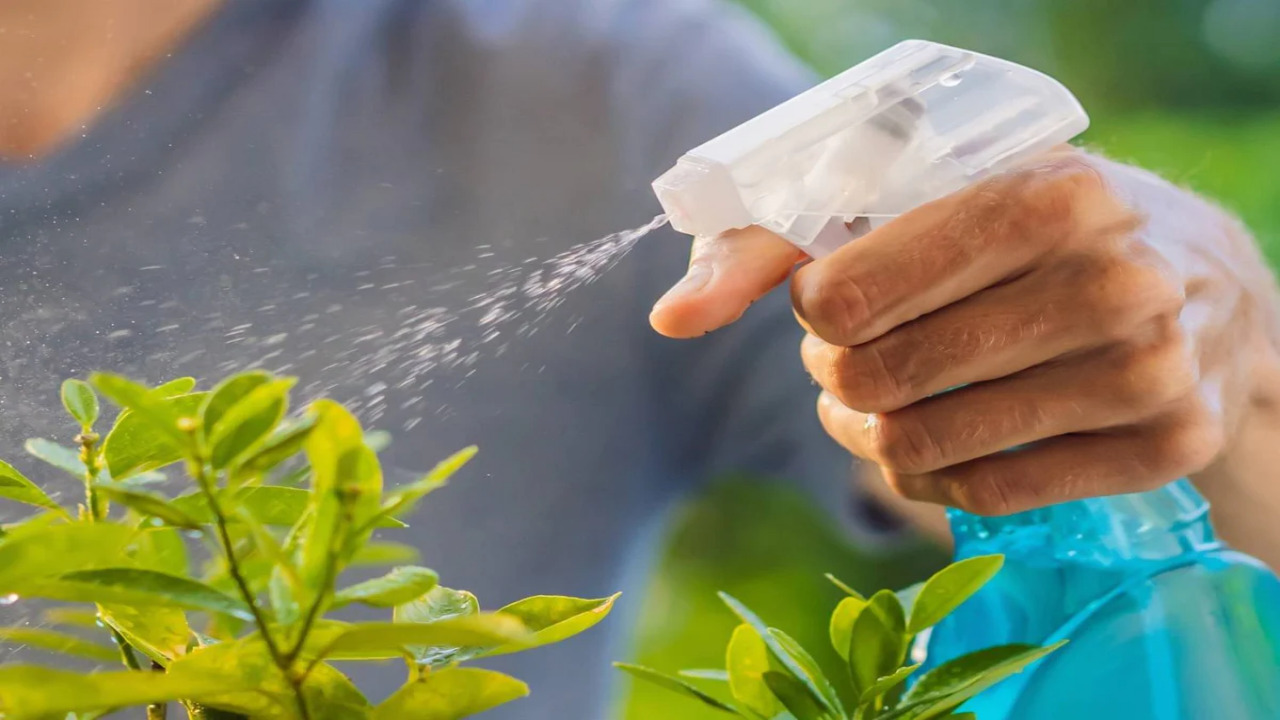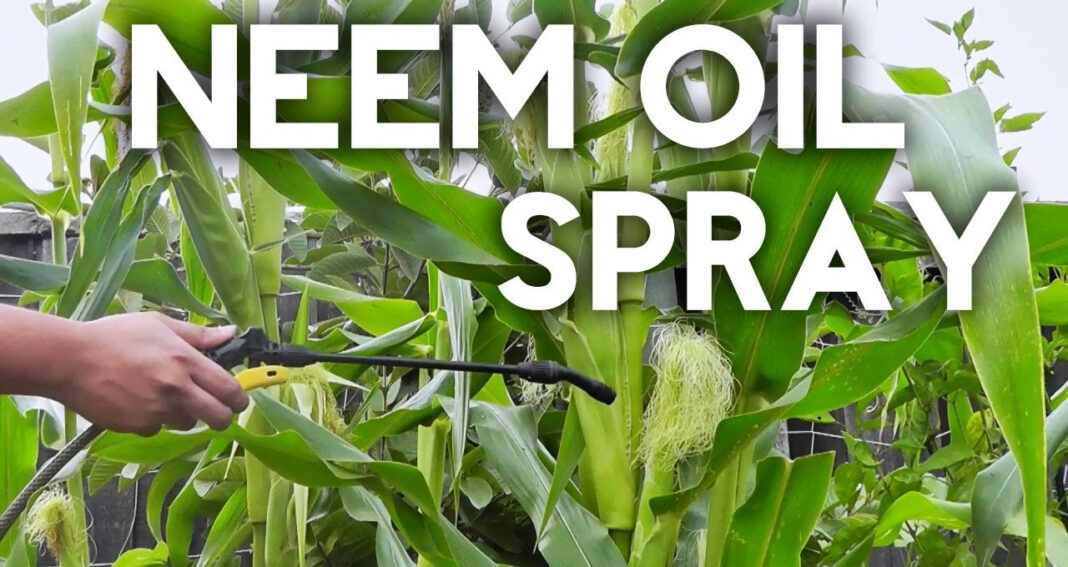In recent years, the shift towards more sustainable and eco-friendly practices has prompted many gardeners and farmers to explore alternative methods of pest control. One such method gaining popularity is the use of neem oil as an organic insecticide. Derived from the neem tree (Azadirachta indica), native to the Indian subcontinent, neem oil offers a powerful and natural solution to combat a wide range of pests without harming beneficial insects, plants, or the environment. This article delves into the various aspects of using neem oil effectively as an organic insecticide.
Understanding Neem Oil’s Mode of Action

Neem oil (neem olja) contains a variety of compounds that contribute to its insecticidal properties. One of the key components is azadirachtin, which disrupts the insect’s hormonal balance, inhibiting its ability to molt, feed, and reproduce. Additionally, neem oil suffocates pests by forming a thin film on their bodies, thereby preventing oxygen exchange and ultimately leading to their demise. This dual-action approach makes neem oil a potent tool against a wide array of pests such as aphids, mites, caterpillars, and beetles.
Proper Application Techniques
For optimal results, it’s important to apply neem oil correctly. Begin by preparing a neem oil solution by mixing the oil with water and a small amount of mild liquid soap, which acts as an emulsifier. The soap helps the oil to mix with water and spread evenly on plant surfaces. A common ratio is one teaspoon of neem oil, one teaspoon of soap, and one quart of water. Thoroughly mix the solution in a spray bottle before applying it to your plants.
When applying neem oil, target both the upper and lower sides of leaves, as well as stems, since many pests prefer to hide on the undersides of leaves. For best results, spray your plants early in the morning or late in the evening to avoid direct sunlight, as neem oil can cause minor burns on leaves if applied during the hottest parts of the day.
Frequency of Application

The frequency of neem oil application depends on the severity of the pest infestation. As a general guideline, begin by applying the solution once every 7 to 14 days. Be sure to monitor your plants closely and adjust the application frequency as needed. When using neem oil as a preventive measure, applying it every 2 to 3 weeks can help maintain a pest-free environment in your garden.
Considerations and Benefits
While neem oil is an effective and eco-friendly insecticide, there are a few considerations to keep in mind. Its impact on beneficial insects, such as bees and ladybugs, is relatively low compared to synthetic chemical pesticides. However, it’s wise to avoid spraying neem oil directly on blooming flowers to prevent potential contact with pollinators.
Another advantage of neem oil is its residual effect. Unlike some chemical pesticides that break down quickly, neem oil can persist on plants for several days, providing prolonged protection against pests.
In conclusion, neem oil presents an environmentally friendly and sustainable solution to pest control in gardens and farms. By understanding its mode of action, applying it correctly, and considering its benefits, gardeners and farmers can harness the power of neem oil to protect their plants from pests while minimizing harm to the ecosystem. As the demand for organic and natural gardening practices continues to rise, neem oil stands as a shining example of a botanical insecticide that embodies the principles of sustainable pest management.
